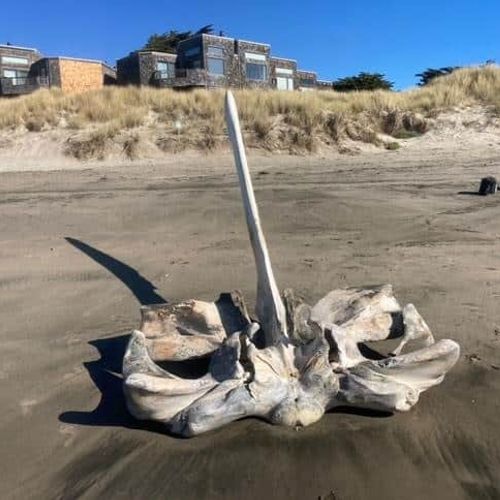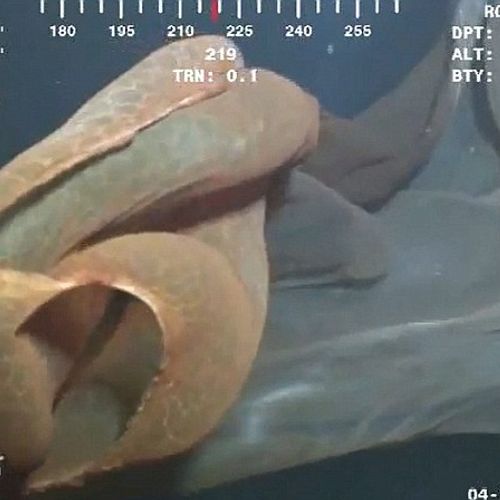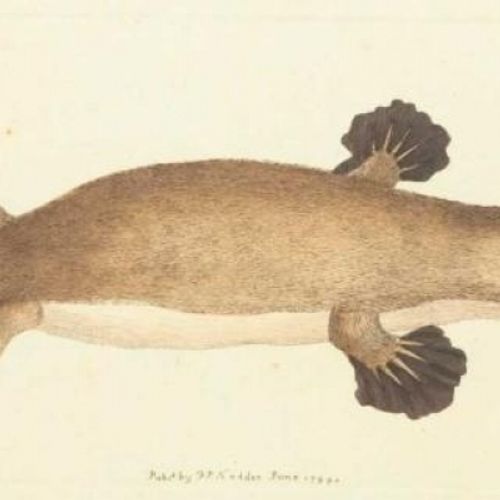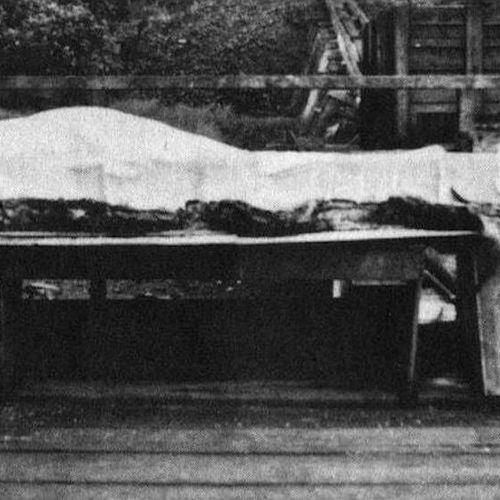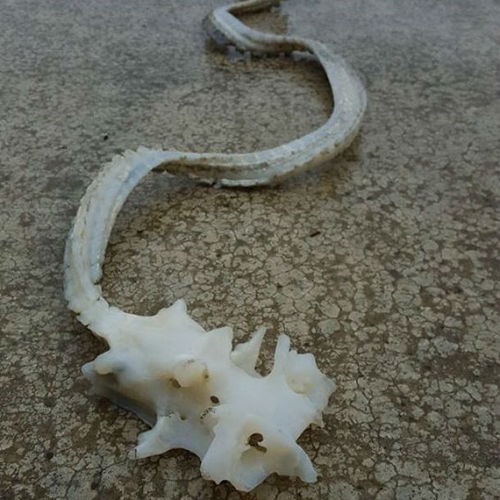
| Added | Sat, 22/08/2020 |
| Источники | |
| Дата публикации | Sat, 22/08/2020
|
| Феномены |
Almost everyone knows that Nessie lives in Loch Ness,Scotland. If you are engaged in cryptozoology, you also know that Lake Champlain is home to a monster, or monsters known as Champ. And the Ogopogo lurks in the waters of Lake Okanagan (Canada).
They are without a doubt the most famous monsters on the planet. But what about the weirdness that happened in Wisconsin's Lake Mendota?
The stories of monsters on Lake Mendota are much less well known than those of their Canadian and Scottish cousins. That doesn't mean they're less important. With that said, let's look at the data.
Richard Freeman - a former zoo employee, adventurer and explorer. Rich generously shared with me (Nick Redfern) his conclusions about what was happening in Wisconsin. He told me:
"In one of my early blogs I wrote about cryptic material. In Wisconsin, something strange is happening, possibly related to the lake monster, which was met several times. The Winnebago Indians believed in two different types of dragon monsters inhabiting the lakes. Wak-Tzexi is an evil supernatural being. Vinnebogo is a good being of flesh and blood. In Wisconsin, there are a number of "lakes with monsters," this story is related to two of them."
Lake Mendota is close to the Wisconsin capital, Madison. The creature's observations date back to the 1860s. Jay Park and his wife were riding a boat on the lake when confronted with what looked like a large log. Mr. Park poked a "log" that dived, lifting a fountain of water. Lake Mendota is connected to Lake Monon across the Yahara River. Monsters are seen here, too.
In July 1892, Darwin Boemer and a friend were riding a boat on the lake when they saw a monster swimming in undulating motion in the direction of Ert Spring. The monster showed 14 feet of back above the surface. On October 7 of that year, an anonymous man claimed that a 20-foot monster was trying to overturn a boat he had hired on John Scott's boat livery. He said he would never risk going out to the lake for all the money in the world. He also won't return to Madison without a rifle and two revolvers. Mr. Scott saw the beast himself. He and his two sons described a hump twice the length of the boat they had hired, and he refused to transport the two ladies across the lake after seeing the beast. He was sure it was dangerous.
Ten days later, on Lake Mendota, twelve men spotted a 35-foot snake while on a river flowing into a lake. The man claimed that the creature, in the form of a "living log," was trying to overturn his boat. An anonymous man fired a rifle and two revolvers at the monster, without result, it happened in Lake Monon on June 11, 1897. Eugene Heath said the beast he saw looked like an upturned boat, and his bullets had no effect on him. He hurriedly got out of the lake. A few days earlier, he claimed to have seen a monster eat a floating dog.
Back in Lake Mendota in 1899, a tourist from Illinois anchored on a lake when he saw the water drilling about 100 feet from his boat. The beast, 60 to 70 feet long, with a snake's head, went upstairs. He seemed to be sunbathing. In the summer of 1917, a monster with blazing eyes and a snake-like head was seen at Picnic Point (Lake Mendota), the fisherman ran away, leaving the fishing rod and the garden.
In the same year, a young couple sunbathed at the pier on Lake Mendota. As they lay on their backs and chatted with their feet over the edge, the girl felt something tickling her heels and thought it was her boyfriend. However, when she turned over she saw a huge snake or a dragon in the water. The couple fled. That year, piers were damaged and boats overturned - blamed on the monster. Shortly before this wave of observations on the shore near Picnic Point washed a large hairy skin.
She was sent to the University of Wisconsin, where she puzzled experts. The State Historical Society recorded that one anonymous professor believed it was from a sea snake. Part of the lake was deepened in 1890, near Olbrich Park, and a large spine was found. The skin may have belonged to a sturgeon, and the bones might well have been fossils, but one would think that a university professor would have recognized it.
It's interesting to know if the skin is still in the possession of the University of Wisconsin, and whether the State Historical Society recorded what became of the bones, and whether they were ever properly examined. If there are researchers in Wisconsin who want to investigate such cases, this could be a good start.
Связанные факты
Новости со схожими феноменами
Log in or register to post comments
